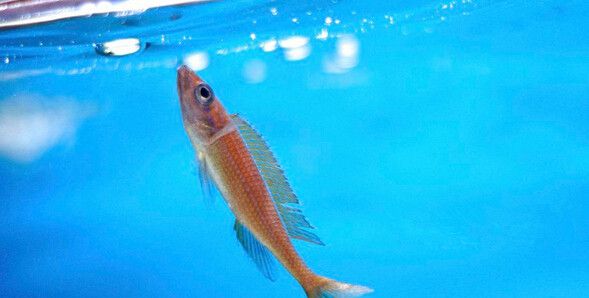海豹海狮可能传播结核病
|
Tuberculosis(肺结核) is one of the most persistent and deadliest infectious diseases in the world, killing one to two million people each year. Scientists who study tuberculosis have long debated its origins. New research shows that tuberculosis likely spread from humans in Africa to seals and sea lions that brought the disease to South America and transmitted it to Native people there before Europeans landed on the continent. The paper, "Pre-Columbian Mycobacterial Genomes Reveal Seals as a Source of New World Human Tuberculosis," was published in Nature. "We found that the tuberculosis strains were most closely related to strains in pinnipeds(鳍足亚目), which are seals and sea lions," said researcher Anne Stone, Arizona State University School of Human Evolution and Social Change professor. Stone and Johannes Krause of the University of Tubingen in Germany are co-principal investigators on the project. Research teams from the Wellcome Trust Sanger Institute in the United Kingdom and the Swiss Institute for Tropical and Public Health were collaborators on the study. "What we found was really surprising. The ancient strains are distinct from any known human-adapted tuberculosis strain," Stone added. Modern strains of tuberculosis currently circulating are most closely related to those found in Europe, and there was a complete replacement of the older strains when European disease reached the Americas during the age of exploration. Researchers found that genomes from humans in Peru dating from about 1,000 year ago provide unequivocal evidence that a member of the tuberculosis strain caused disease in South America before Europeans arrived, so the question among the scientists was, "What types of tuberculosis strains were present before contact?" "The age of exploration is a time when people are moving really long distances around the world and coming into contact with others. It's a time when a lot of disease spread," Stone said. "This opens up a lot of new questions. It fits the bioarcheological evidence that shows the oldest evidence for tuberculosis in South America." "The connection to seals and sea lions is important to explain how a mammalian-adapted pathogen that evolved in Africa around 6,000 years ago could have reached Peru 5,000 years later," Krause said. In the study, researchers collected genetic samples from throughout the world and tested those for tuberculosis DNA while utilizing advances in technology during the past five years that enable more accurate genome capture from ancient samples. Of 76 DNA samples from New World pre- and post-contact sites, three from Peru around 750 to 1350 AD had tuberculosis DNA that could be used. The researchers then focused on these three samples and used array-based capture to obtain and map the complete genome. These were compared against a larger dataset of modern genomes and animal strains. Research results showed the clear relationship to animal lineages, specifically seals and sea lions. "Our results show unequivocal evidence of human infection caused by pinnipeds (sea lions and seals) in pre-Columbian South America. Within the past 2,500 years, the marine animals likely contracted the disease from an African host species and carried it across the ocean to coastal people in South America," Stone said. |








